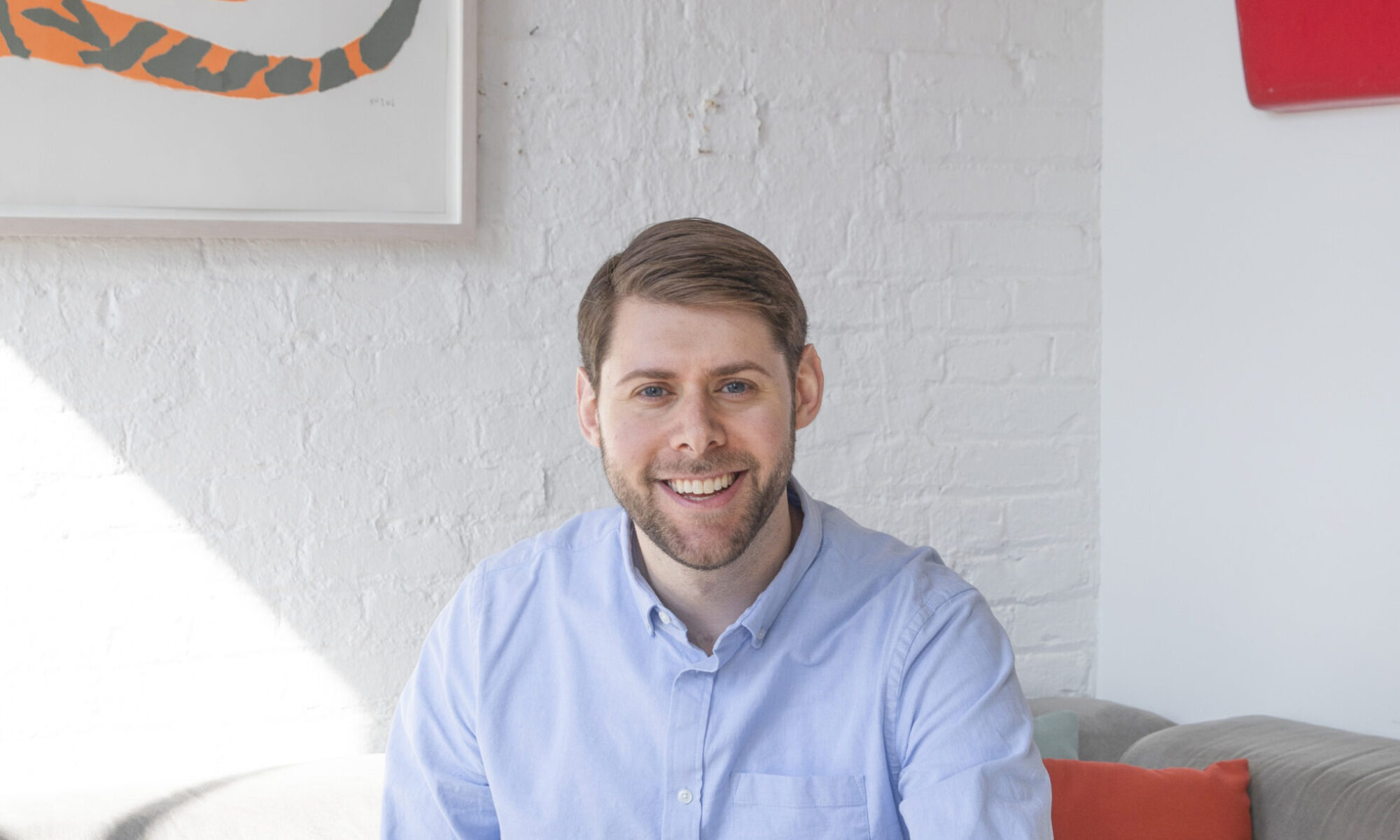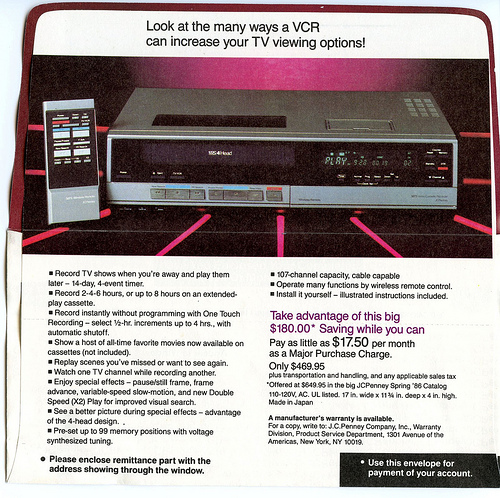Three years ago, I wrote a thing about failure. Much to my surprise, it still holds up pretty well! I wrote:
There is a phrase I use a lot. I overuse it. A lot of my friends do, too.
The word is “fail.” ….
But sometimes, when we just wrap all that in into that one word — fail — we lose a sense of what we’re really trying to say. …
So if I’ve told you, “It’s okay to fail” or “Go fail fast,” I’m sorry. I can say it better.
This year, be willing to do difficult things. Be willing to go on adventures where you don’t know the outcome. Be willing to persevere.
Most of all: Be willing to do great work.
The idea of “failing fast and failing often” has spread even further since I wrote about it back in 2012. And looking back on that first post, I realized: I never got around to defining what failure is!
Here’s the thing: Anyone who tells you they like to “fail fast and fail often” has probably not truly failed in their life. Maybe they’ve goofed up on a project. Maybe they fucked up an assignment.
That isn’t failure.
When you take on work that really matters to you, and you truly fail, you feel like absolute shit. Failure gnaws at you. It keeps you up at night. It makes you question every decision you’ve made along the way.
When you fail while doing something meaningful, it sucks the life out of you. And that kind of failure takes weeks or months — or even years! — out of you.
The people who advocate “failing fast and failing often” are people who really mean to say: It’s OK to screw up! It’s OK to suck at your work! And they’re not wrong — it is OK to make little mistakes along the way.
But that’s not failure. Failure is the roadblock that keeps you from going one step further with your work. Failure sends you onto a detour from which you don’t completely return. And in the long run, that’s also OK — failure is something that can shift you onto a completely different track, and maybe that’s a path where you can do great work and succeed.
Anyone can screw up. But to fail, deal with that failure, and somehow pick yourself back up and start again? That’s a different thing altogether.
———
That photo at top comes via Flickr user Sister72.









